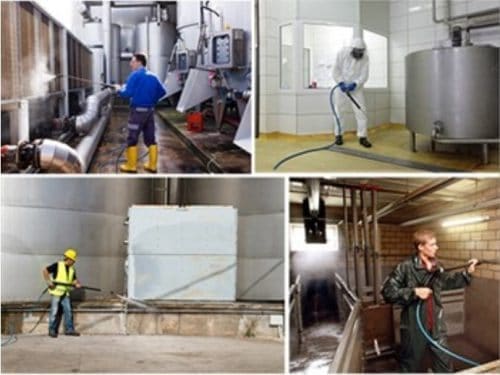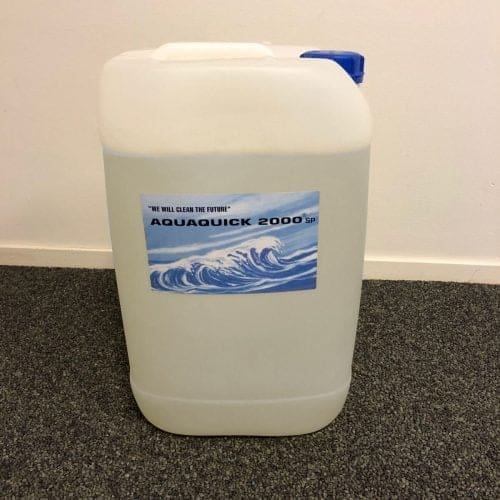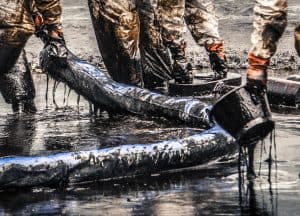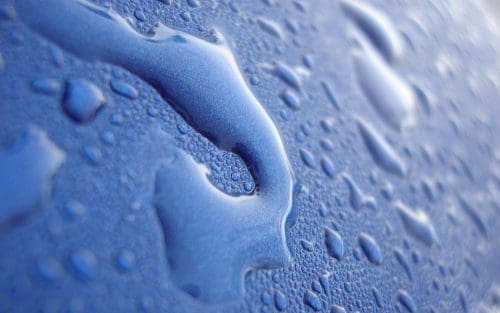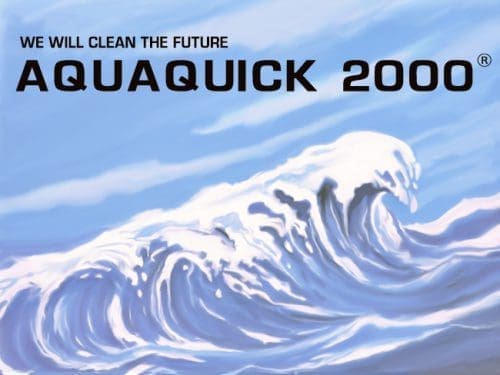I. Introduction
The ocean, covering more than 70% of the Earth’s surface, plays a vital role in regulating the planet’s climate and supporting diverse ecosystems. However, human activities have led to widespread pollution, threatening marine life and ecosystems. Ocean clean-up has become an urgent necessity in our modern world, as pollution threatens the delicate balance of marine ecosystems. In this article, we delve into the pressing issue of ocean pollution and explore innovative solutions to clean up our oceans.
II. Understanding the Problem
A. Causes of Ocean Pollution
The degradation of our oceans stems from various sources, each contributing to the complex web of pollution that threatens marine ecosystems worldwide. Understanding the root causes of ocean pollution is crucial for developing effective strategies to mitigate its impact.
1. Oil Spills: Causes and Consequences
Oil spills represent a significant threat to marine environments, resulting from accidents during oil extraction, transportation, and storage, as well as deliberate acts of pollution. These spills release vast quantities of crude oil and petroleum products into the ocean, leading to immediate and long-term ecological damage.
- Mechanisms of Spillage: Oil spills can occur through tanker accidents, offshore drilling mishaps, pipeline leaks, and illegal dumping, among other factors.
- Environmental Impact: The consequences of oil spills are profound, encompassing oil slicks that coat marine surfaces, toxic contamination of water and sediments, smothering of marine life, disruption of food chains, and long-lasting damage to ecosystems and biodiversity.
2. Plastic Pollution: Sources and Impact
Plastic pollution has emerged as a pervasive and escalating problem in our oceans, driven by the widespread use and improper disposal of plastic materials. From single-use plastics to microplastics, plastic waste infiltrates marine environments, posing grave threats to marine life and habitats.
- Plastic Production and Consumption: The exponential growth of plastic production, coupled with consumer demand for convenience, has led to the proliferation of plastic waste globally.
- Marine Debris Accumulation: Plastic debris accumulates in ocean gyres, coastal areas, and remote islands, forming vast garbage patches and endangering marine species through ingestion, entanglement, and habitat destruction.
3. Chemical Runoff: Agricultural and Industrial Discharges
Chemical runoff from agricultural activities, industrial processes, and urban areas poses another significant source of pollution in our oceans. Pesticides, fertilizers, heavy metals, and other contaminants find their way into waterways, ultimately reaching the ocean and causing detrimental effects.
- Agricultural Practices: Runoff from farms carries pesticides, herbicides, and fertilizers into rivers and streams, leading to nutrient pollution, algal blooms, and oxygen depletion in marine ecosystems.
- Industrial Pollution: Industrial discharges release a myriad of pollutants, including heavy metals, solvents, and toxic chemicals, into water bodies, compromising water quality and posing risks to aquatic life and human health.
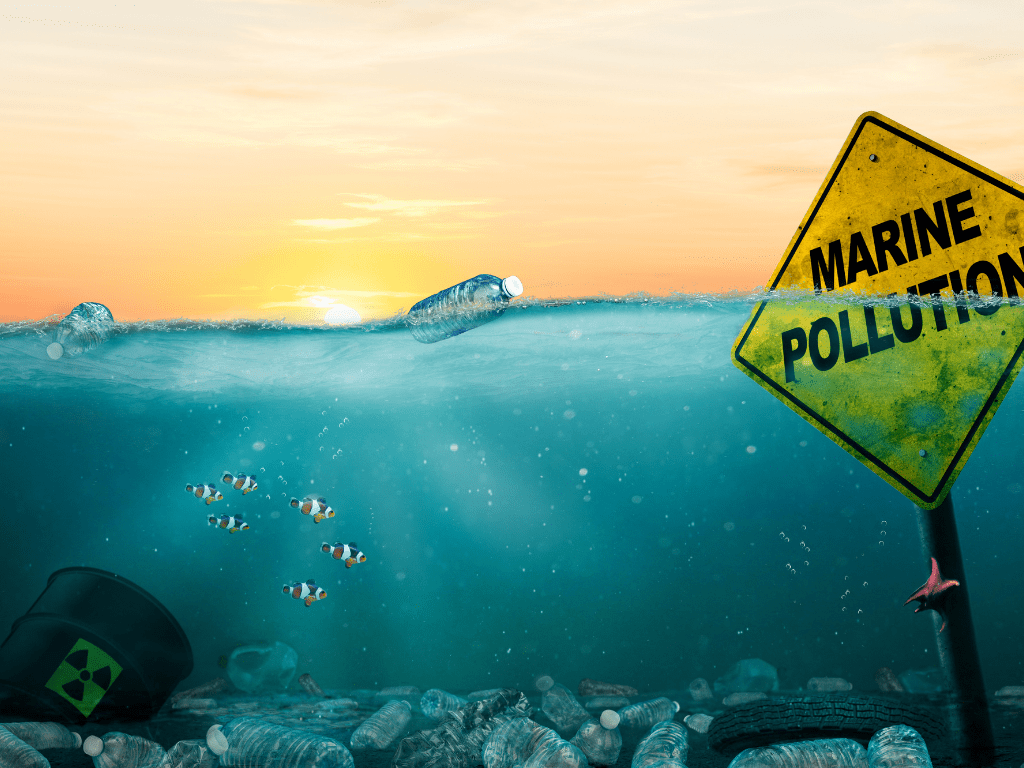
III. Innovative Technologies and Strategies
Oil Spill Clean-Up Techniques
Efficient oil spill clean-up techniques are crucial for mitigating environmental damage and restoring affected ecosystems.
- Mechanical Methods: Booms, Skimmers, and Sorbents
- Booms and skimmers are deployed to contain and remove oil from the water’s surface, while sorbents absorb oil for later disposal.
- Chemical Dispersants: Effectiveness and Environmental Impact
- Chemical dispersants break down oil into smaller droplets, enhancing microbial degradation. However, their use raises concerns about long-term environmental effects.
- Biological Remediation: Microbial Degradation
- Microbes naturally degrade oil through biological processes, which can be accelerated through the introduction of specific microbial strains.
Plastic Waste Management Solutions
Addressing plastic pollution requires a combination of clean-up efforts, recycling initiatives, and policy interventions.
- Ocean Clean-Up Arrays: Innovative Technology to Collect Plastic
- Ocean clean-up arrays, such as the Ocean Cleanup Project, deploy passive floating barriers to collect and remove plastic debris from the ocean surface.
- Recycling Initiatives: Converting Plastic Waste into Usable Products
- Recycling facilities and initiatives transform collected plastic waste into new products, reducing the demand for virgin plastic and preventing further pollution.
- Policy Interventions: Bans on Single-Use Plastics and Extended Producer Responsibility
- Governments and regulatory bodies implement bans on single-use plastics and impose extended producer responsibility laws to hold manufacturers accountable for the end-of-life management of their products.
Sustainable Practices to Prevent Pollution
Preventing ocean pollution requires adopting sustainable practices and promoting environmental awareness.
- Green Technologies in Industrial Processes
- Industries implement eco-friendly technologies and practices to reduce pollutant emissions and minimize their environmental footprint.
- Public Awareness Campaigns: Education and Behavioral Change
- Public outreach programs raise awareness about the impacts of ocean pollution and encourage individuals to adopt sustainable behaviors, such as reducing plastic consumption and properly disposing of waste.
- International Collaboration: Agreements for Marine Conservation
- International agreements, such as the Paris Agreement and the Convention on Biological Diversity, foster collaboration among nations to address global environmental challenges and protect marine biodiversity.
IV. Case Studies and Success Stories
A. The Great Pacific Garbage Patch: Challenges and Solutions
The Great Pacific Garbage Patch stands as one of the most glaring examples of the consequences of ocean pollution. Spanning an area larger than Texas, this accumulation of marine debris poses a significant threat to marine life and ecosystems. However, concerted efforts have been made to address this issue.
- Challenges Faced: The sheer size and scope of the garbage patch make traditional clean-up methods ineffective. Moreover, the patch consists of both visible debris and microplastics, requiring diverse strategies for removal.
- Innovative Solutions: Projects such as The Ocean Cleanup have developed advanced technologies like ocean cleanup arrays to trap and remove plastic debris. These initiatives showcase the power of innovation in combating ocean pollution.
B. Exxon Valdez Oil Spill: Lessons Learned and Ongoing Recovery Efforts
The Exxon Valdez oil spill in 1989 remains one of the most infamous environmental disasters in history. The spill released approximately 11 million gallons of crude oil into Alaska’s Prince William Sound, causing extensive damage to marine habitats and wildlife.
- Lessons Learned: The Exxon Valdez disaster highlighted the need for improved oil spill response capabilities and stricter regulations in the oil industry. It spurred advancements in spill prevention, containment, and clean-up technologies.
- Ongoing Recovery Efforts: Despite decades of recovery efforts, the ecosystem in Prince William Sound continues to show signs of oil contamination. However, restoration projects and ongoing monitoring aim to mitigate the long-term impacts of the spill.
C. Community-Led Initiatives: Local Efforts Making Global Impact
Communities around the world have taken proactive steps to address ocean pollution at the grassroots level. From beach clean-ups to advocacy campaigns, these initiatives play a crucial role in raising awareness and effecting change.
- Engagement and Participation: Community-led initiatives empower individuals to take ownership of their local environments and contribute to broader conservation efforts.
- Educational Outreach: Through workshops, seminars, and outreach programs, these initiatives educate the public about the importance of ocean conservation and sustainable practices.
- Collaborative Networks: Many community organizations collaborate with government agencies, NGOs, and businesses to maximize their impact and reach.
V. Integration of AquaQuick in Ocean Clean-Up Efforts

A. Introduction to AquaQuick: Innovative Solution for Oil Spill Clean-Up
AquaQuick emerges as a game-changing solution in the realm of oil spill clean-up. Developed with advanced technology and a commitment to environmental sustainability, AquaQuick offers a promising avenue for mitigating the impact of oil spills on marine ecosystems.
B. AquaQuick’s Unique Features and Benefits
AquaQuick sets itself apart through its innovative features and numerous benefits, making it a preferred choice for oil spill clean-up operations.
- Fast-Acting Formula: AquaQuick’s rapid response formula enables swift containment and absorption of oil spills, minimizing their spread and environmental damage.
- Environmental Safety: Unlike traditional dispersants, AquaQuick is non-toxic and biodegradable, ensuring minimal harm to marine life and ecosystems.
- Versatility: AquaQuick demonstrates efficacy across various types of oil and petroleum products, making it a versatile solution for diverse spill scenarios..
C. Future Applications: Potential Expansion of AquaQuick’s Usage in Ocean Conservation Efforts
The success of AquaQuick in oil spill clean-up operations paves the way for its broader application in ocean conservation initiatives.
- Research and Development: Ongoing research and development efforts seek to enhance AquaQuick’s capabilities and address emerging challenges in ocean pollution management.
- Partnerships and Collaborations: Collaborations with government agencies, NGOs, and research institutions aim to expand the reach and impact of AquaQuick in addressing global ocean pollution.
- Public Awareness and Advocacy: Educational campaigns and outreach initiatives raise awareness about AquaQuick’s potential contribution to ocean conservation, fostering greater adoption and support.
VI. Future Directions and Challenges
A. Emerging Technologies: Robotics and AI in Ocean Clean-Up
The future of ocean clean-up holds great promise with the integration of emerging technologies such as robotics and artificial intelligence (AI). These advanced tools offer new possibilities for more efficient and targeted approaches to addressing ocean pollution.
- Autonomous Systems: Robotic platforms equipped with sensors and cameras can navigate ocean environments autonomously, identifying and removing debris with precision.
- Machine Learning Algorithms: AI algorithms can analyze vast amounts of data to predict ocean pollution hotspots, optimize clean-up strategies, and enhance monitoring efforts.
- Collaborative Research Initiatives: Collaborations between technology developers, environmental scientists, and policymakers drive innovation in the field of ocean clean-up, accelerating the adoption of cutting-edge technologies.
B. Economic Considerations: Cost-Effectiveness of Clean-Up Strategies
While technological advancements offer promising solutions for ocean clean-up, economic considerations play a crucial role in determining the feasibility and scalability of these strategies.
- Cost-Benefit Analysis: Evaluating the costs and benefits of different clean-up technologies and strategies helps prioritize investments and maximize the impact of limited resources.
- Public-Private Partnerships: Collaboration between governments, private companies, and philanthropic organizations can leverage funding and expertise to implement cost-effective clean-up initiatives.
- Incentive Mechanisms: Implementing economic incentives such as pollution taxes or subsidies for clean-up efforts encourages proactive action and investment in sustainable practices.
C. Regulatory Frameworks: Strengthening Laws for Environmental Protection
Effective regulation is essential for preventing ocean pollution and holding polluters accountable for their actions. Strengthening regulatory frameworks at the local, national, and international levels is critical to promoting environmental stewardship and ensuring compliance with environmental standards.
- Enforcement Mechanisms: Robust enforcement mechanisms, including monitoring, reporting, and enforcement of penalties, deter illegal activities and encourage adherence to environmental regulations.
- Policy Innovation: Developing innovative policy solutions, such as extended producer responsibility laws and pollution trading schemes, incentivizes industry participation in pollution prevention and clean-up efforts.
- International Cooperation: Collaborative agreements and treaties facilitate cross-border cooperation in addressing transboundary pollution and promoting sustainable management of shared ocean resources.
D. Climate Change Implications: Addressing Ocean Pollution in the Context of Global Warming
Climate change exacerbates the challenges of ocean pollution, posing additional threats to marine ecosystems and coastal communities. Addressing ocean pollution must be integrated into broader climate change mitigation and adaptation strategies to build resilience and protect vulnerable marine environments.
- Mitigation Measures: Reducing greenhouse gas emissions and transitioning to renewable energy sources mitigate the drivers of climate change and alleviate stress on marine ecosystems.
- Adaptation Strategies: Implementing adaptation measures such as coastal protection and ecosystem restoration enhances the resilience of marine habitats to climate change impacts.
- Integrated Approaches: Adopting integrated approaches that address both ocean pollution and climate change fosters synergies and maximizes co-benefits for environmental conservation and human well-being.
VII. Conclusion
In conclusion, the task of cleaning up the ocean is multifaceted and requires concerted efforts from governments, industries, communities, and individuals worldwide. By harnessing innovative technologies, fostering collaboration, strengthening regulatory frameworks, and addressing the interconnected challenges of ocean pollution and climate change, we can work towards a healthier and more sustainable future for our oceans. The integration of solutions such as AquaQuick offers promising avenues for effective and environmentally responsible clean-up efforts, underscoring the importance of innovation and collective action in preserving our marine ecosystems for future generations.



